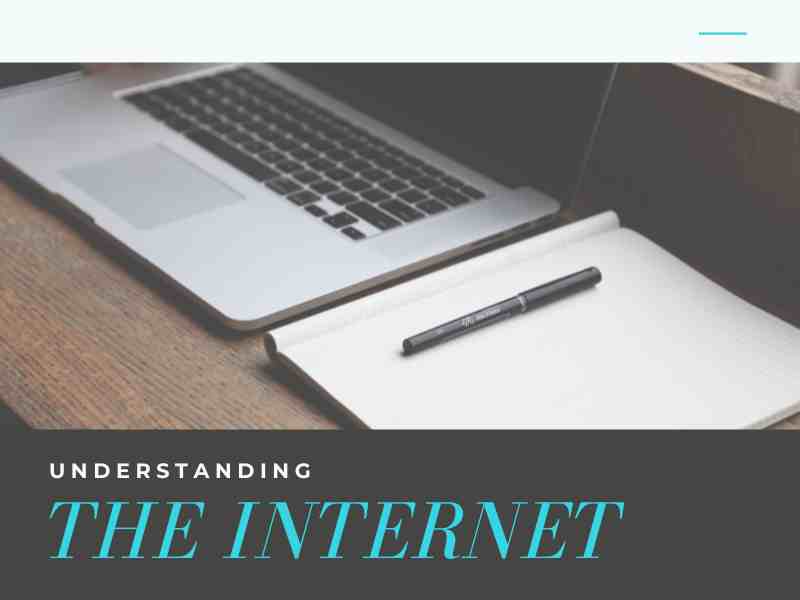Imagine the internet as a gigantic web of roads connecting a whole world. It’s made up of many smaller networks linked together. Think of these roads as the invisible connections between computers all around the globe. Now, let’s get ready to explore this amazing digital landscape!

Your Digital Home and Vehicle
- Your Computer (The House): This is your base of operations on the internet – it’s where everything starts and ends for you.
- Web Browser (The Car): Web browsers (like Chrome, Firefox, or Safari) are your key to exploring the internet. Just like your car takes you places, a browser lets you “drive” to different websites.
Data: The Cars on the Internet Highway
The internet is alive with information whizzing about! This information is called “data,” and it comes in lots of forms, like:
- Websites: Pages filled with text, pictures, videos
- Emails: Digital letters you send and receive
- Streaming Music and Videos: Songs and movies you can enjoy
- Social Media: Places to connect with friends
All this data travels along those invisible connection roads in tiny bundles called “packets.” Think of them like little cars carrying bits of information.
How to Find Your Way Around
- Websites (The Destinations): Each website has a unique address called a URL, just like your home has a street address. Type in a URL (e.g., www.example.com), and your browser finds the website and takes you there.
- Search Engines (The Maps and Guides): Search engines like Google are your helpful travel guides. Type in what you’re looking for, and they help you find relevant websites.
Staying Safe on Your Internet Journey
Just like in the real world, you want to be careful when exploring the internet:
- Be Mindful of What You Share: Don’t give out personal information to anyone you don’t know well.
- Use Strong Passwords: Think of these as locks for your digital house! Make your passwords hard to guess.
- Beware of Strangers: Not everyone online is who they say they are.
The Backbone: The Superhighways of the Internet
- Super-Fast Connections: The backbone of the internet is made up of incredibly fast fiber optic cables and powerful servers. These are like giant superhighways moving massive amounts of data at lightning speed.
- ISPs (Internet Service Providers): These are the companies that connect your home to the internet backbone. Think of them like the on-ramps and off-ramps to the information highway.
Also check: Let’s Learn about Networking Basics
Behind the Scenes: Servers and Domains
- Servers (The Digital Warehouses): Websites and all their data live on servers, which are powerful computers always connected to the internet. When you access a website, your browser is actually talking to one of these servers.
- Domain Names (The Easy-to-Remember Addresses): Domains are like the friendly street names for websites. Instead of memorizing a long string of numbers (called an IP address), you can just type in a domain like www.google.com.
More Ways to Explore and Connect
- Cloud Storage (Your Garage in the Sky): Services like Google Drive or Dropbox let you store files online. It’s like having a safe storage space that you can access from anywhere, on any device connected to the internet.
- Messaging Apps (Staying in Touch): Apps like WhatsApp and Messenger let you chat with people anywhere in the world for free, send pictures and videos, and even make video calls.
- Online Shopping (The Digital Mall): Websites like Amazon have made it super easy to buy almost anything online and have it delivered to your doorstep.
The Internet: Continuously Evolving
The internet is constantly changing. New technologies and services are popping up all the time! It’s an exciting place to learn, communicate, and be entertained.

Reply